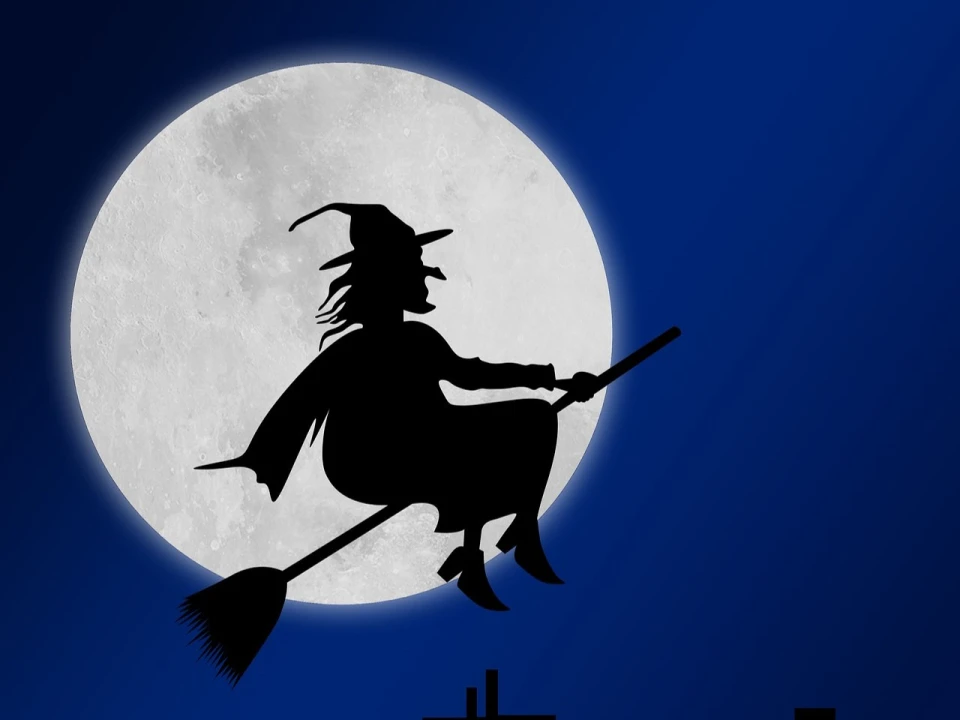In Italy, the festive season doesn’t truly end until January 6th, the day of the Epiphany. This holiday is celebrated with unique traditions, the most famous being the legend of La Befana. A figure deeply rooted in Italian culture, La Befana is depicted as an elderly woman flying on a broomstick, carrying a sack filled with treats for well-behaved children and coal for the naughty ones.
Her story combines elements of Christian tradition, folklore, and ancient pagan customs, making her one of the most cherished symbols of Italian festivities. The name “Befana” originates from the word “Epiphany,” derived from the Greek epipháneia, meaning appearance. The Epiphany commemorates the visit of the Three Wise Men to baby Jesus, but over time, the Christian holiday blended with local traditions to create the magical and mysterious figure of La Befana.
The Legend Behind La Befana
According to Italian folklore, the Magi were traveling to Bethlehem when they stopped at an old woman’s home to ask for directions and rest. They invited her to join them on their journey, but she declined, saying she was too busy with housework. Later, realizing her mistake, she prepared a bag of gifts and set out to find the baby Jesus. Unable to locate him, she began distributing her gifts to children she encountered along the way, hoping one of them might be the Christ child. This act of kindness became the basis for the tradition of La Befana visiting children every Epiphany Eve.
Her association with a broom is particularly symbolic. In addition to serving as her mode of transportation, the broom represents the sweeping away of the old year’s troubles and welcoming in the new. Some legends even say that she tidies homes during her visit, further embodying the traits of a caring and diligent housewife.
A Celebration of Gifts, Food, and Joy
For children, January 6th is a day of excitement. They eagerly hang stockings on the night of January 5th, hoping to wake up to find them filled with candies, fruits, and small toys if they’ve been good. Naughty children, on the other hand, receive a lump of coal—though in modern times, the coal is often a sugary treat.
The festive markets leading up to Epiphany are another highlight of the season. Town squares across Italy come alive with stalls selling sweets, Befana-themed decorations, and traditional foods. Families often gather to enjoy a feast that includes typical Italian holiday treats like panettone, pandoro, and nougat.
La Befana’s Roots in Pagan Traditions
While La Befana is celebrated as part of the Christian Epiphany, her origins may date back to pre-Christian times. Ancient Roman festivals, such as Saturnalia and celebrations dedicated to the goddess Strenia, involved rituals of gift-giving and purification. These pagan customs merged with Christian beliefs to form the modern figure of La Befana.
Some interpretations also link her to agrarian traditions. In rural Italy, January marked the time to prepare fields for planting, symbolizing renewal and hope. La Befana, with her broom and gifts, became a representation of this cycle of rebirth and abundance.
Curiosities About La Befana
Her Iconic Stocking Tradition: Children leave stockings for her to fill, a custom tied to her legendary search for Jesus.
Symbolic Coal: The coal she leaves for naughty children is usually edible, made of sugar, serving as a humorous yet motivational gesture.
A Global Cousin: La Befana shares similarities with figures like Germany’s Frau Holle and Russia’s Babushka, showcasing a shared European storytelling tradition.
Epiphany’s End to Christmas: In Italy, January 6th officially marks the conclusion of the holiday season, with decorations coming down.
Sweeping Away Misfortune: Superstition holds that her broom not only cleans but also drives away bad luck.
A Timeless Italian Icon
Though centuries have passed, La Befana remains a beloved part of Italian culture. Her story resonates with themes of generosity, redemption, and the joy of giving. For many, she represents the warmth and magic of the holiday season, bringing together families and reminding them of the importance of kindness and hope for the year ahead. Whether you’re a child awaiting her gifts or an adult cherishing the tradition, La Befana is a timeless figure who continues to enchant generations.



